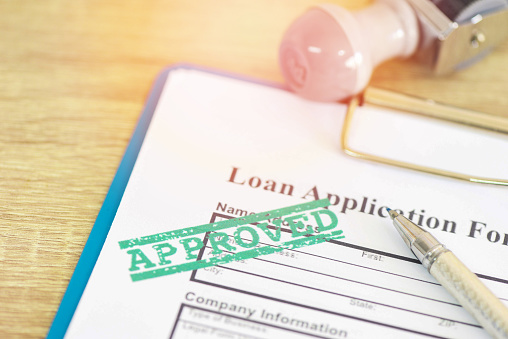The Positives on Short Term Loans
In the ever-evolving landscape of personal finance, short-term loans have emerged as a critical tool for individuals facing immediate financial demands. These loans, characterized by their brief repayment periods, offer a swift financial lifeline to those in need of quick cash due to unforeseen circumstances such as emergency expenses, urgent bills, or temporary cash flow shortfalls. However, the convenience of short-term loans comes with its own set of considerations, including higher interest rates and the potential for creating a cycle of debt if not managed wisely. This article explores the nuances of short-term loans, their benefits, potential drawbacks, and strategies for responsible usage.
Understanding Short-Term Loans
Short-term loans are designed to be repaid in a short duration, typically within a few weeks to a few months. They are intended to provide quick financial relief and are often accessible even to those with less-than-perfect credit scores. The most common types of short-term loans include payday loans, cash advances, and installment loans, each serving different financial needs and repayment structures.
Advantages of Short-Term Loans
- Quick Access to Funds: The primary appeal of short-term loans is their ability to provide immediate financial assistance, often with funds being disbursed within 24 hours of approval.
- Simplified Application Process: These loans typically have a less stringent application process compared to traditional loans, making them accessible to a wider range of borrowers.
- Flexibility: Short-term loans offer the flexibility to address a variety of urgent financial needs, from covering unexpected medical bills to repairing a vehicle.
Potential Pitfalls
- High Interest Rates and Fees: To compensate for the higher risk of lending to individuals without extensive credit checks, short-term loans often come with high interest rates and additional fees, which can significantly increase the cost of borrowing.
- Risk of Debt Cycles: The ease of obtaining short-term loans can lead to repeated borrowing, potentially trapping individuals in a cycle of debt as they take out new loans to repay existing ones.
- Impact on Financial Health: Mismanagement of short-term loans can adversely affect one’s credit score and overall financial stability, especially if payments are missed or delayed.
Strategies for Responsible Use
To maximize the benefits of short-term loans while minimizing potential risks, borrowers should adopt a strategic approach:
- Assess the Necessity: Carefully evaluate the need for a short-term loan, considering whether the financial demand is urgent or if it can be addressed through other means.
- Research and Compare: Investigate various lenders to find the most favorable terms and interest rates, being mindful of any hidden fees or charges.
- Understand the Terms: Fully comprehend the loan agreement, including the repayment schedule, interest rates, and penalties for late payments.
- Plan for Repayment: Develop a realistic repayment plan before taking out the loan, ensuring that it can be repaid on time without compromising future financial health.
Short Term Loans Made Right
Short term loans can serve as a valuable financial tool for addressing immediate needs, offering a bridge over temporary financial gaps. However, their effective utilization requires careful consideration, informed decision-making, and disciplined financial planning. By understanding the nature of short-term loans, recognizing their benefits and potential drawbacks, and approaching them with caution, borrowers can navigate their financial challenges successfully, ensuring that short-term solutions do not lead to long-term financial burdens.
